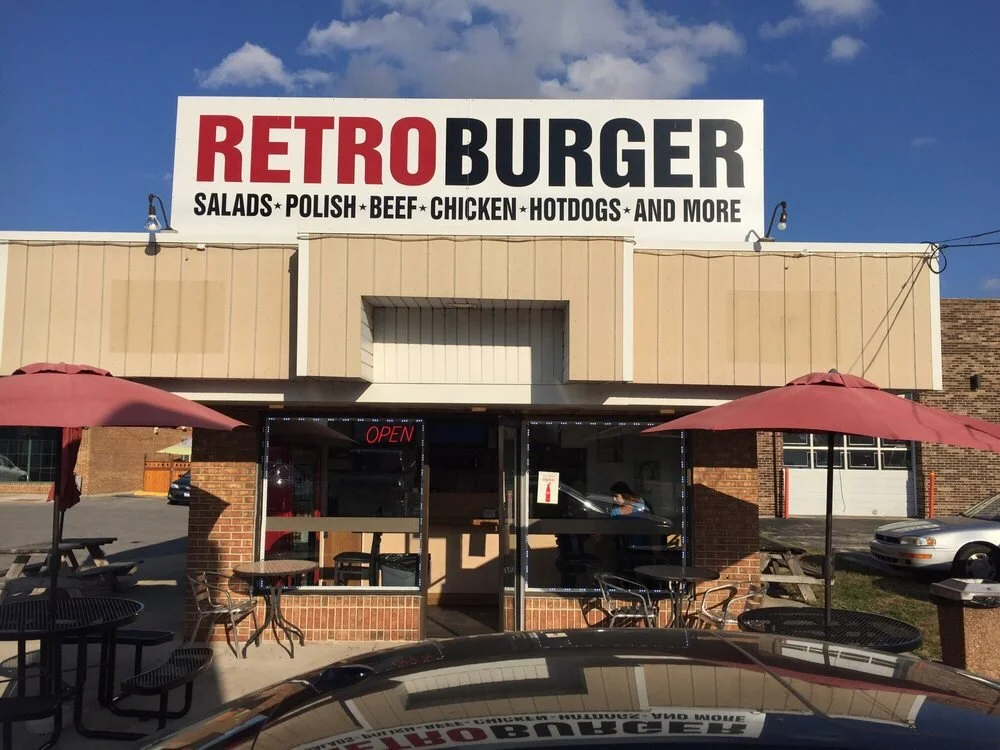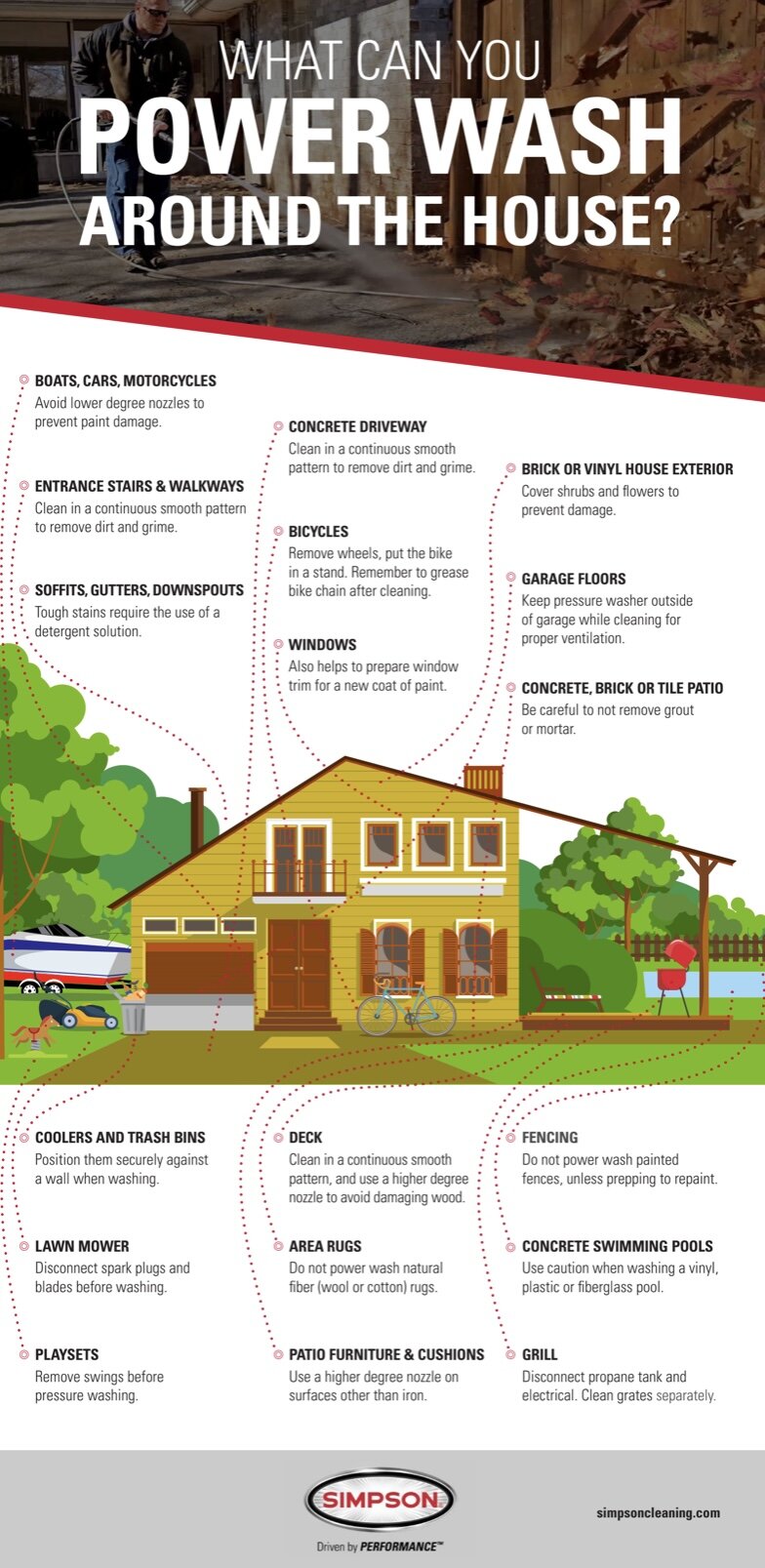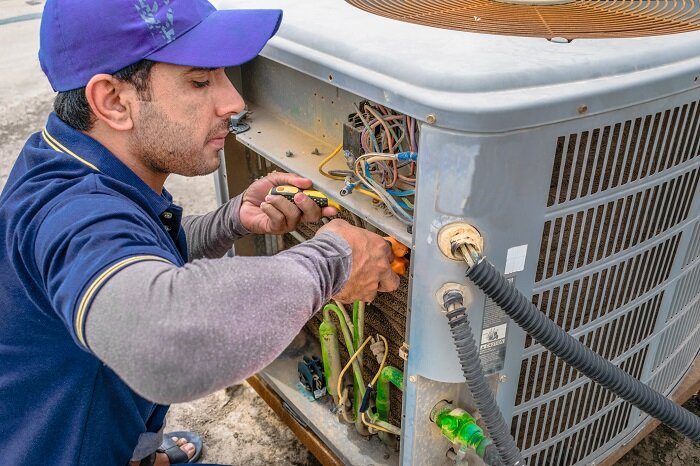In all likelihood, your HVAC system is the single most expensive appliance you have at home.
Considering the cost of buying, installing, and operating an HVAC system, it’s only right to make sure it lasts as long as it should.
However, many homeowners commit HVAC mistakes that not only shortens its life but affects its performance and efficiency as well.
More often than not, these errors force homeowners to call for HVAC repair services sooner than expected.
Let’s take a look at some of the most common HVAC mistakes homeowners make.
Constant Tinkering With The Settings
People have different comfort levels. One temperature setting could be cool or warm enough for one but still be too uncomfortable for another.
The result, predictably, is that anyone in the room messes with the thermostat to suit their preferences.
However, all that fiddling affects an HVAC unit’s overall performance and efficiency. HVAC settings, if anything, should be stable.
If agreeing on one thermostat setting is out of the question, you might want to consider installing a programmable thermostat.
With a smart thermostat, anyone can set their preferred temperature for a certain time of the day when they’re at home, without having to tinker with the settings constantly.
Improper Thermostat Placement
You might have a programmable thermostat, but if you placed it anywhere near air vents or a spot getting a lot of sunlight, it will inaccurate readings of the temperature and cause your HVAC to work harder without reaching a temperature that’s comfortable for everyone.
The ideal spot for thermostats is somewhere in the center of your home. Avoid installing your thermostat near your kitchen, air vents, hallways, windows, and doors, as well as areas that direct sunlight hits regularly.
Neglecting To Change Air Filters
Changing or cleaning the air filters is the simplest of all HVAC maintenance tasks.
Anyone can take the air filter out, clean it, and put it back. However, for some reason, many homeowners neglect or forget to do this part.
HVAC air filters do more than just trap and hold dust, debris, dirt, and other contaminants in the air. They also play a crucial role in protecting your HVAC system and keeping it efficient.
If you don’t change your air filters at least once a month, the accumulated dirt and debris will affect airflow, which will force your HVAC system to work harder to keep everyone comfortable. That leads to poor performance and reduced energy efficiency.
Skipping Routine HVAC Maintenance
Sometimes, homeowners decide to skip routine maintenance on their HVAC system because it seems to be working fine.
The thing is, HVAC systems need periodic care and attention to run smoothly, just like anything mechanical. HVAC condenser coils need cleaning, thermostats need calibrating, and all electrical parts need inspecting and tightening, among other things.
With regular maintenance, your HVAC system can avoid costly breakdowns, lower energy bills, and prolong its life.
Ideally, HVAC systems should undergo maintenance by professional HVAC technicians before the summer and winter months, when they see heavy use.
Holding On To Old HVAC Units
While it’s true that an HVAC unit is designed to last a long time, it’s a fact that the performance and efficiency of an old HVAC system decline over the years.
The wear and tear alone will surely affect an old HVAC unit’s operation. More often than not, an older HVAC system takes longer to heat or cool a room. Ice buildup on the evaporator coils is also common with older units. An aging HVAC unit also tends to be noisier.
Older HVAC units also have lower SEER or Seasonal Energy Efficiency Ratio ratings, which measures an HVAC system's efficiency.
The higher an HVAC system’s SEER rating, the better its energy efficiency.
Newer HVAC units have much higher SEER ratings, which means you will have more energy savings than if you stick it out with your old heating and air conditioning system.
Operating an HVAC system already entails quite the expense, but committing the above mistakes can cost you even more in the long run. Avoid them as much as you can, and always make sure that you have professional HVAC technicians regularly check it out. That way, you get optimal performance and efficiency from your HVAC systems for years to come.
Guest Contributor: Sara Olsen




















